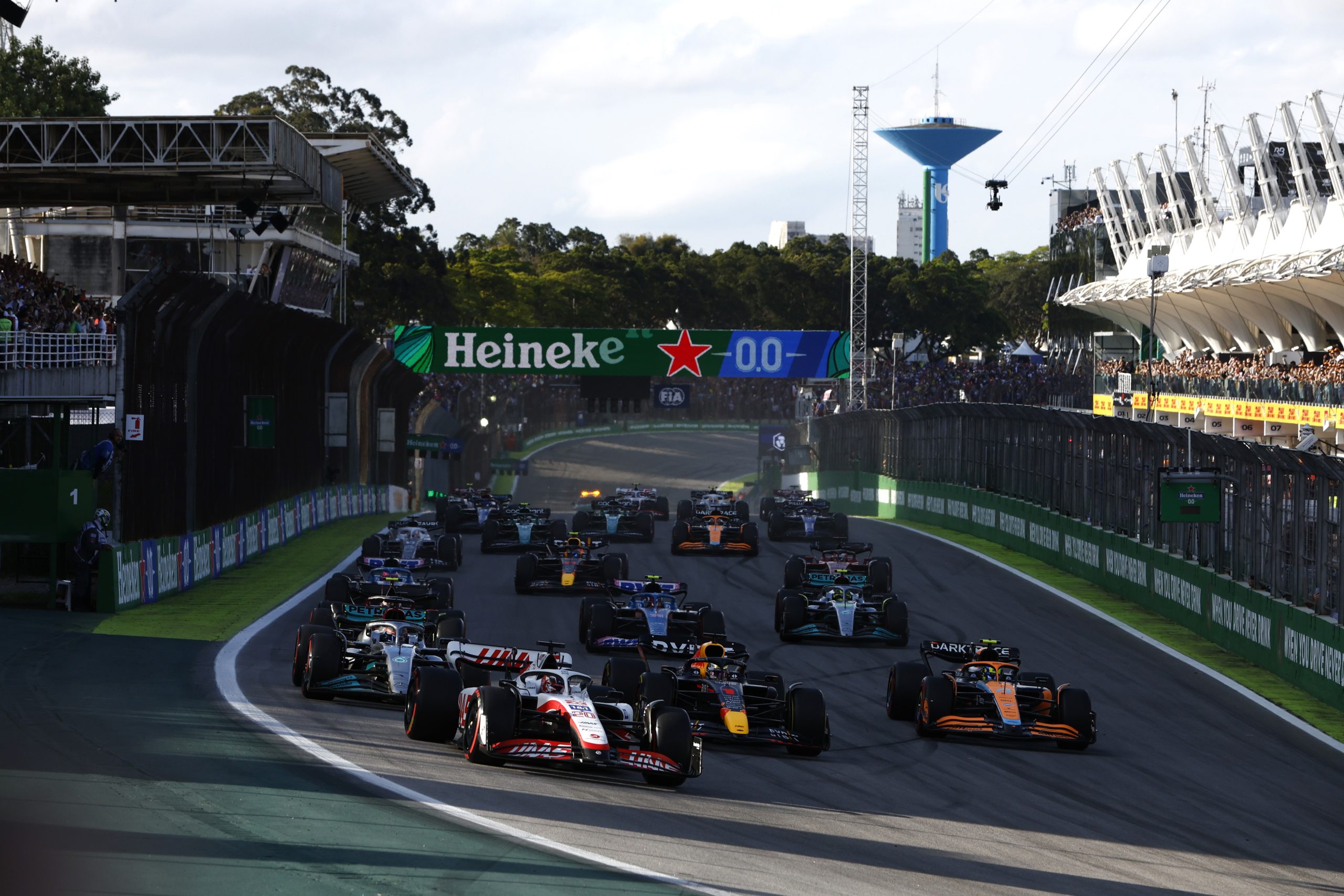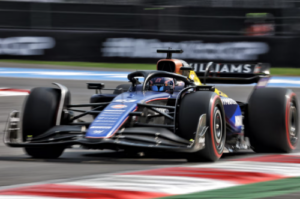The idea of integrating a reverse grid format into Formula 1 has become an ongoing debate. F1 Sprint Races are the perfect testing ground.
The reverse grid format would step away from a traditional qualifying session and form the starting grid in reverse order based on the drivers’ standings heading into that weekend. This means the drivers in the bottom end of the standings would start on the front rows, and the leaders begin at the back end of the grid on race day. This would allow slower cars an opportunity to gain potential points. It would also add to the spectacle of the event watching the top drivers and teams battle each other as they work their way through the field. F1 Sprint Races seems like the perfect opportunity to test this.
Those favoring reverse grid formats believe this brings a new aspect to the sport. On the other side of the debate, they believe the idea won’t add excitement and should the current format should not change at all. To date, there have been no races to integrate a reverse grid order. Although, the switch aligns with F1’s desire to bring more thrill to race weekends. During the 2022 season, it was confirmed that six Sprint races will be held in the 2023 season. As Formula 1 looks to bring new fans into the sport, they should consider reverse grids for the Sprint events.
Let’s break down a few arguments for the switch:
Sprint Races will give lower teams a chance
Sprint races so far have a balanced reputation since their debut. With the inclusion of six this season, there is a chance for Sprint races to stick around for the long haul. But to do so they need to increase their value during the race weekend. Fans appreciated Kevin Magnussen starting from pole for the Sao Paolo Sprint race. That could be a regular sight using reverse grids. Fans will see the likes of Williams, Haas, and AlphaTauri put themselves in a position to secure a high starting place for the race on Sundays. This can help create exciting moments that will have every team involved rather than struggling to keep up. It’s an odd look to see the bottom team up near the front, but who does not love a bit of chaos from time to time?
OH MY WORD 😱😱😱😱
POLE POSITION KEVIN MAGNUSSEN!!!! pic.twitter.com/NilZC8Xacb
— MoneyGram Haas F1 Team (@HaasF1Team) November 11, 2022
Top drivers have to do some chasing
Whenever top drivers have to start in the back of the grid, the anticipation of a masterclass drive looms. Having top drivers do the chasing is something fans will always enjoy. Many expect them at the top challenging for the win. Reverse grids can force drivers to show the fans why they are the best. Lewis Hamilton’s sensational drive to a top-five finish in 2021 at the Sao Paolo Sprint is the perfect example. Max Verstappen showed his class as he made his way up the grid multiple times this past season. This would be something that top drivers may not want to deal with, and the fear of damaging their car, but it would become a natural part of the F1 season-long journey. Imagine the high-tension moments with their rivals as they make their way through the grid.
P20 👉👉👉 P5@LewisHamilton put on an overtaking show on Saturday!#BrazilGP 🇧🇷 #F1Sprint pic.twitter.com/erH6WjvMIi
— Formula 1 (@F1) November 13, 2021
Creating something new in the sport
While there is no official word that reverse grids will be in F1 in the foreseeable future, it is time to create something new. If the objective of F1 is to continue its growth in popularity, now is the time to bring in reverse grids. Those against it shoot the idea down without knowing if it would work without trying it. The idea should be given a fair shot before any criticism comes its way.
This can also benefit teams’ preparation for the race weekend as they can have another free practice session to perfect their setups. Plus, it would be nice to step away from a traditional weekend. Hardcore fans may not like change in the sport, but without change, things might become stale which could prevent new fans to enjoy. Think of the championship implications on Sprint weekends. Hopefully, the FIA can work a deal to bring a new aspect to the sport.






